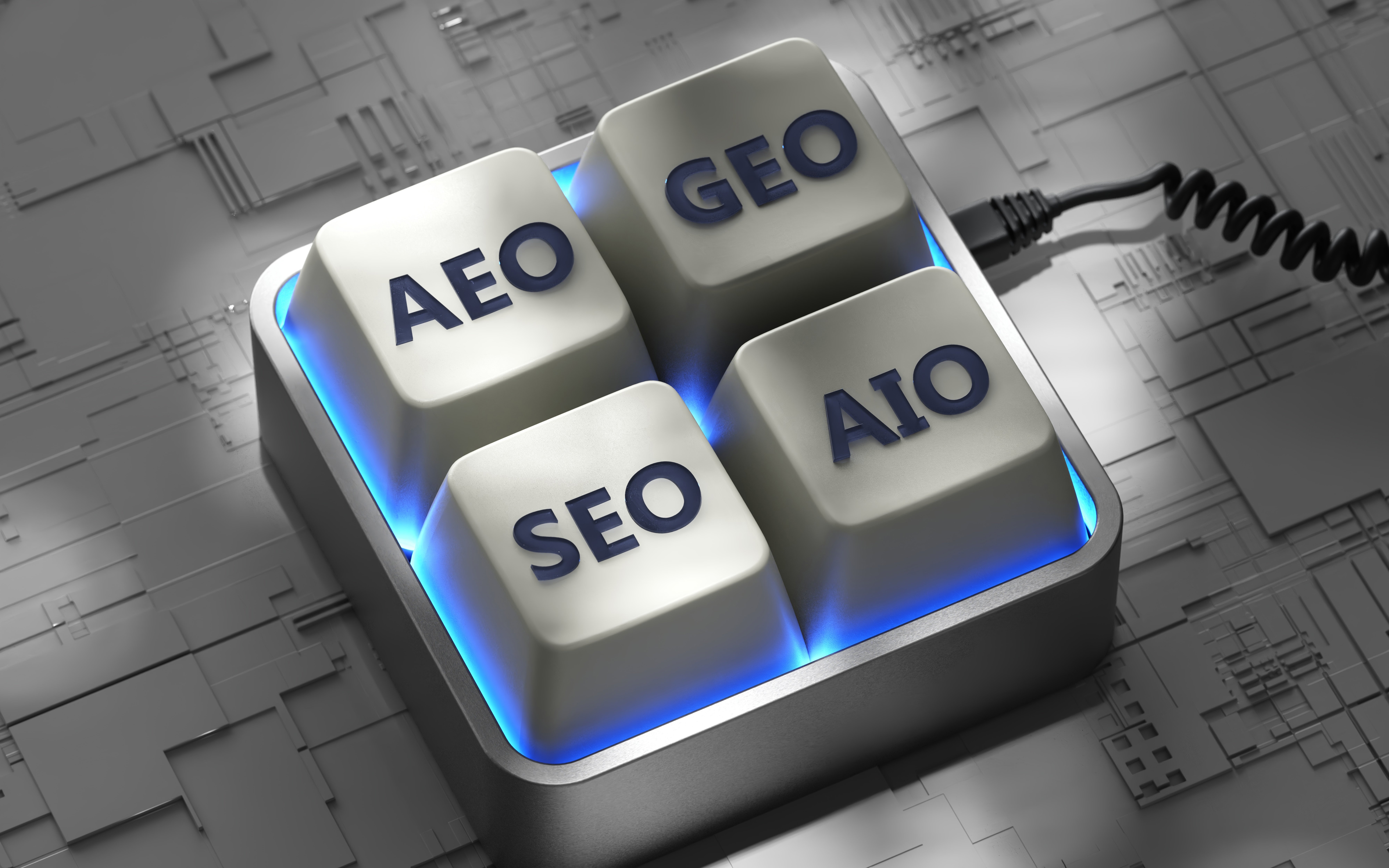Migrating from Salesforce to HubSpot is a significant decision that can enhance efficiency, reduce costs, and improve marketing-sales alignment. However, without a solid plan, the transition can become chaotic. This guide walks you through the key steps for a smooth migration while ensuring your data, workflows, and automations are properly transferred.
Step 1: Define Your Migration Goals
Before starting, clarify your reasons for migrating:
✅ Cost Savings – HubSpot's pricing structure may be more suitable.
✅ Ease of Use – HubSpot offers a more intuitive experience.
✅ Better Marketing-Sales Alignment – Unified data improves collaboration.
Next, decide:
📌 What data needs to be migrated (Contacts, Deals, Companies)?
📌 What should be left behind (outdated or irrelevant records)?
📌 Will you move everything at once or in phases?
Step 2: Audit Your Salesforce Data
Conduct a full audit to:
🔍 Identify duplicate records and outdated data.
🔍 Review custom fields and map them to HubSpot equivalents.
🔍 Understand validation rules and dependencies that may require workarounds.
Decide what stays and what gets cleaned up before migration.
Step 3: Map Data from Salesforce to HubSpot
Salesforce and HubSpot use different structures, so careful mapping is crucial. Key considerations:
🗂 Picklists vs. Dropdowns – Ensure values match.
🗂 Checkboxes vs. Boolean Fields – Adjust logic where needed.
🗂 Multi-Select Fields – HubSpot handles these differently, so plan accordingly.
Step 4: Identify Automations & Workflows
Salesforce’s Workflows, Process Builder, and Flows won’t automatically transfer to HubSpot. You'll need to manually rebuild:
🔄 Lead Routing Rules – Assign leads based on territory, industry, etc.
📊 Lead Scoring – Recreate scoring models in HubSpot.
📧 Email Sequences & Templates – Salesforce email templates must be rebuilt.
✔️ Approval Processes – Use workflow-based alternatives in HubSpot.
Step 5: Choose Your Migration Method
There are multiple ways to migrate data:
1️⃣ HubSpot’s Native Salesforce Integration – Best for syncing live data, but not historical records.
2️⃣ Third-Party Tools (Import2, Trujay, Insycle) – Ideal for structured migrations.
3️⃣ Manual Export/Import (CSV files) – Works for simple data transfers.
4️⃣ Custom API Integration – Necessary for custom objects and complex relationships.
Step 6: Prepare HubSpot for Migration
Before migration, set up:
✅ Pipelines & Deal Stages – Align with your Salesforce structure.
✅ Custom Properties – Ensure key Salesforce data has a HubSpot equivalent.
✅ Workflows – Automate lead assignments, follow-ups, and sales handoffs.
✅ User Permissions – Assign roles to match Salesforce access levels.
Step 7: Test Before Full Migration
Conduct a test migration with a small data sample:
🔎 Check for field mapping errors.
🔎 Verify contact-deal associations.
🔎 Ensure automations function properly.
Step 8: Execute the Migration
Once the test is successful:
🚀 Perform the full migration.
✅ Validate records, workflows, and associations.
📢 Train your team on HubSpot.
👀 Monitor for data discrepancies.
What Doesn’t Sync Automatically from Salesforce to HubSpot?
Certain elements won’t migrate directly and need manual setup:
🔸 Custom Objects – HubSpot’s native sync only supports standard objects.
🔸 Lead Object – Salesforce’s separate "Leads" object merges into HubSpot’s "Contacts."
🔸 Campaign Data – Salesforce campaigns won’t transfer.
🔸 Task & Activity History – Call logs and emails won’t sync fully.
🔸 Automation & Workflows – Salesforce’s Process Builder, validation rules, and approvals must be rebuilt.
🔸 Reports & Dashboards – Salesforce’s advanced reporting doesn’t transfer.
🔸 Email Templates & Lead Scoring – Must be manually recreated.
Final Takeaways
✅ Clean your Salesforce data before migrating.
✅ Decide what data is essential to move.
✅ Carefully map Salesforce objects and fields.
✅ Rebuild automations, lead scoring, and key reports.
✅ Always test before executing a full migration.
By following this structured approach, your transition to HubSpot will be smooth, efficient, and set up for success.
Need help with your Salesforce to HubSpot migration?
Let’s chat! 🚀




